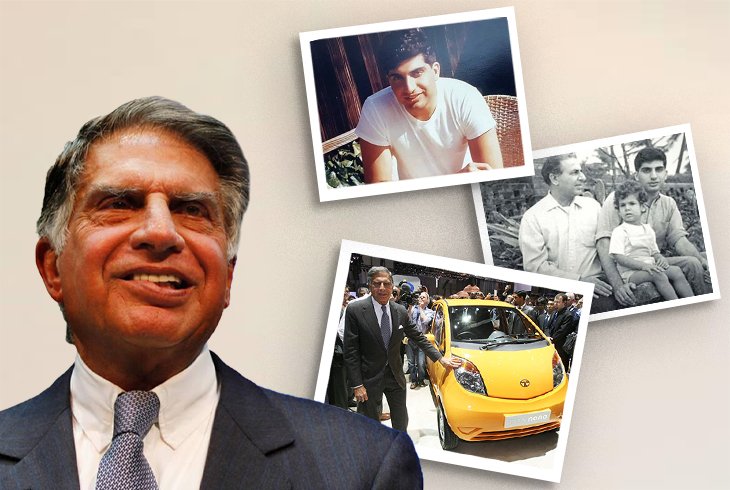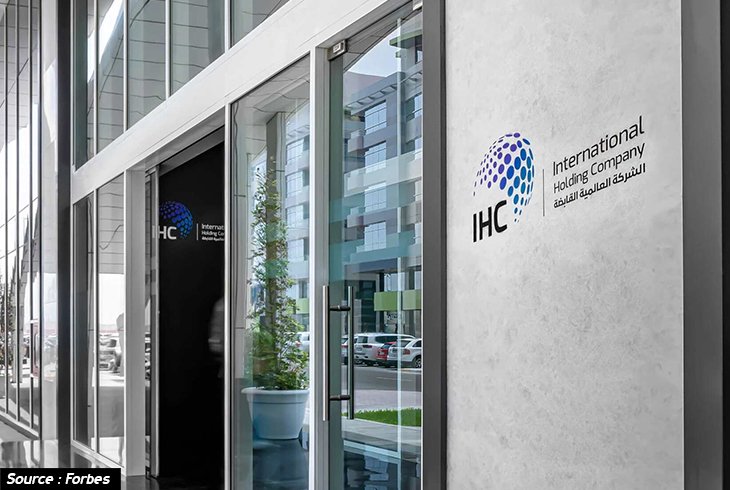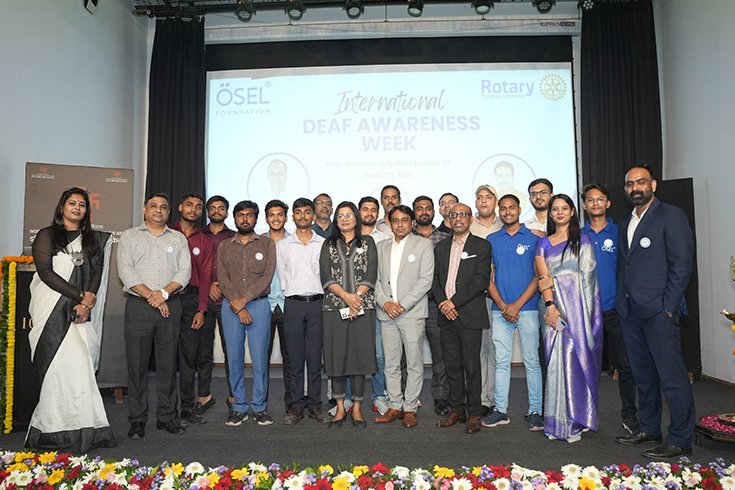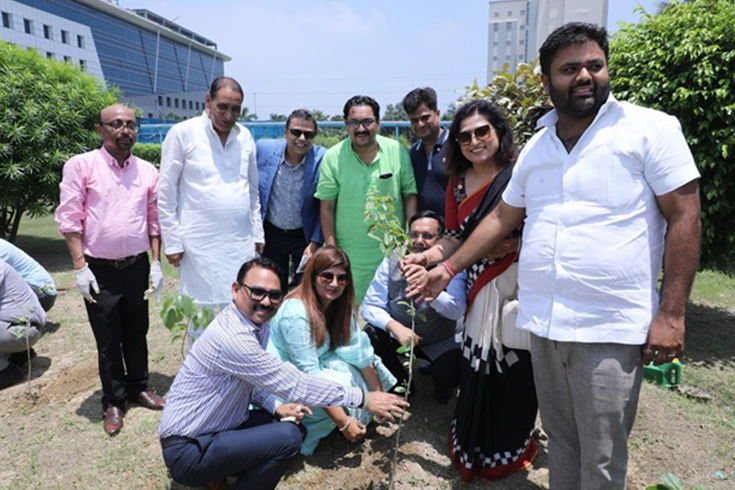Sunita Williams, a name synonymous with courage, resilience, and groundbreaking achievements in space exploration, has once again captured the world’s attention with her dramatic return to Earth. As part of NASA’s Crew-9 mission, Williams and her team successfully splashed down off the Florida coast, marking the end of another historic chapter in human spaceflight. This article delves into the details of her latest mission, her remarkable career, and the significance of her return, while also exploring a case study of her contributions to space science and technology.
Sunita Williams: A Trailblazer in Space Exploration
Sunita Lyn Williams, born on September 19, 1965, in Euclid, Ohio, is a decorated NASA astronaut and a retired United States Navy officer. With Indian-Slovenian heritage, she has become a global icon, inspiring millions with her achievements. Williams holds multiple records, including the longest single spaceflight by a woman (195 days) and the most spacewalk time by a female astronaut (50 hours and 40 minutes). Her career is a testament to her unwavering dedication to pushing the boundaries of human potential.
The Crew-9 Mission: A Journey to the Stars
The Crew-9 mission, part of NASA’s Commercial Crew Program, was a collaborative effort involving NASA, SpaceX, and international partners. The mission aimed to conduct scientific experiments, maintain the International Space Station (ISS), and further our understanding of long-duration spaceflight. Williams, serving as the mission commander, brought her extensive experience and leadership to the team, ensuring the mission’s success.
The crew spent several months aboard the ISS, conducting experiments in microgravity, testing new technologies, and preparing for future missions to the Moon and Mars. Williams’ role was pivotal, as she oversaw critical operations and ensured the safety and well-being of her team.
The Dramatic Return: Splashdown off the Florida Coast
On [insert date], the Crew-9 mission concluded with a dramatic splashdown in the Atlantic Ocean, off the coast of Florida. The SpaceX Crew Dragon spacecraft, carrying Williams and her crewmates, re-entered Earth’s atmosphere at speeds exceeding 17,500 miles per hour. The intense heat and pressure of re-entry were followed by the deployment of parachutes, which slowed the capsule’s descent and ensured a safe landing.
The recovery team, stationed nearby, swiftly retrieved the crew and transported them to shore. Williams, ever the optimist, emerged from the capsule with a smile, waving to the cameras and expressing her gratitude to the teams that made the mission possible. Her return was not just a personal triumph but a milestone for space exploration, demonstrating the reliability of commercial spaceflight and the potential for future missions.
Case Study: Sunita Williams’ Contributions to Space Science
One of the most notable aspects of Williams’ career is her commitment to advancing space science and technology. A case in point is her work during the Crew-9 mission, where she conducted experiments that could revolutionize our understanding of human health in space.
Experiment: The Effects of Microgravity on Muscle Atrophy
One of the key experiments Williams led focused on the effects of microgravity on muscle atrophy. Prolonged exposure to microgravity causes muscles to weaken, posing a significant challenge for long-duration missions. Williams and her team tested a new exercise regimen designed to counteract muscle loss, using advanced resistance equipment aboard the ISS.
The results of this experiment could have far-reaching implications, not just for astronauts but also for people on Earth suffering from muscle-wasting conditions. By understanding how to maintain muscle mass in space, scientists can develop better treatments for conditions like muscular dystrophy and age-related muscle loss.
The Significance of Williams’ Return
Sunita Williams’ return to Earth is more than just the conclusion of a mission; it is a celebration of human ingenuity and perseverance. Her journey underscores the importance of international collaboration in space exploration and the role of women in STEM fields. Williams has shattered glass ceilings throughout her career, proving that with determination and hard work, anything is possible.
Her return also highlights the advancements in space technology, particularly the success of the Commercial Crew Program. By partnering with private companies like SpaceX, NASA has made spaceflight more accessible and cost-effective, paving the way for future missions to the Moon, Mars, and beyond.
Inspiring the Next Generation
Sunita Williams’ story is a source of inspiration for aspiring astronauts and scientists worldwide. Her dedication to her craft, her ability to overcome challenges, and her commitment to advancing human knowledge serve as a beacon of hope for future generations. Through her work, she has shown that the sky is not the limit—it is just the beginning.
Conclusion: A Hero’s Welcome
As Sunita Williams and her Crew-9 teammates reunite with their families and colleagues, the world celebrates their safe return and the incredible achievements of the mission. Williams’ journey is a reminder of the boundless potential of human exploration and the importance of pushing the boundaries of what we know. Her legacy will continue to inspire and guide us as we reach for the stars.
In the words of Williams herself, “Every mission is a step forward for humanity. We’re not just exploring space; we’re exploring what it means to be human.” With leaders like Sunita Williams at the helm, the future of space exploration is brighter than ever.












